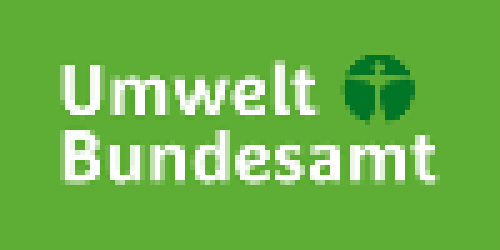meta data for this page
Differences
This shows you the differences between two versions of the page.
| Both sides previous revisionPrevious revisionNext revision | Previous revision | ||
| sector:ippu:pops_and_hm_consumption:start [2024/04/02 15:29] – [Short description] reichel | sector:ippu:pops_and_hm_consumption:start [2024/11/06 14:54] (current) – external edit 127.0.0.1 | ||
|---|---|---|---|
| Line 18: | Line 18: | ||
| __PCBs__: Source category 2.K considers PCB emissions from use of polychlorinated biphenyls (PCBs) in transformers, | __PCBs__: Source category 2.K considers PCB emissions from use of polychlorinated biphenyls (PCBs) in transformers, | ||
| - | However, data on open applications in buildings are subject to large uncertainties; | + | However, data on open applications in buildings are subject to large uncertainties; |
| - | An emission factor in the EEA/EMEP Guidebook 2023[(EMEP/ | + | An emission factor in the EEA/EMEP Guidebook 2023[(EMEP/ |
| //For this reason and to be consistent with the reporting Guidelines, the notation key NE for PCB and NA for the other pollutants is used in the NFR tables. | //For this reason and to be consistent with the reporting Guidelines, the notation key NE for PCB and NA for the other pollutants is used in the NFR tables. | ||
| // | // | ||

